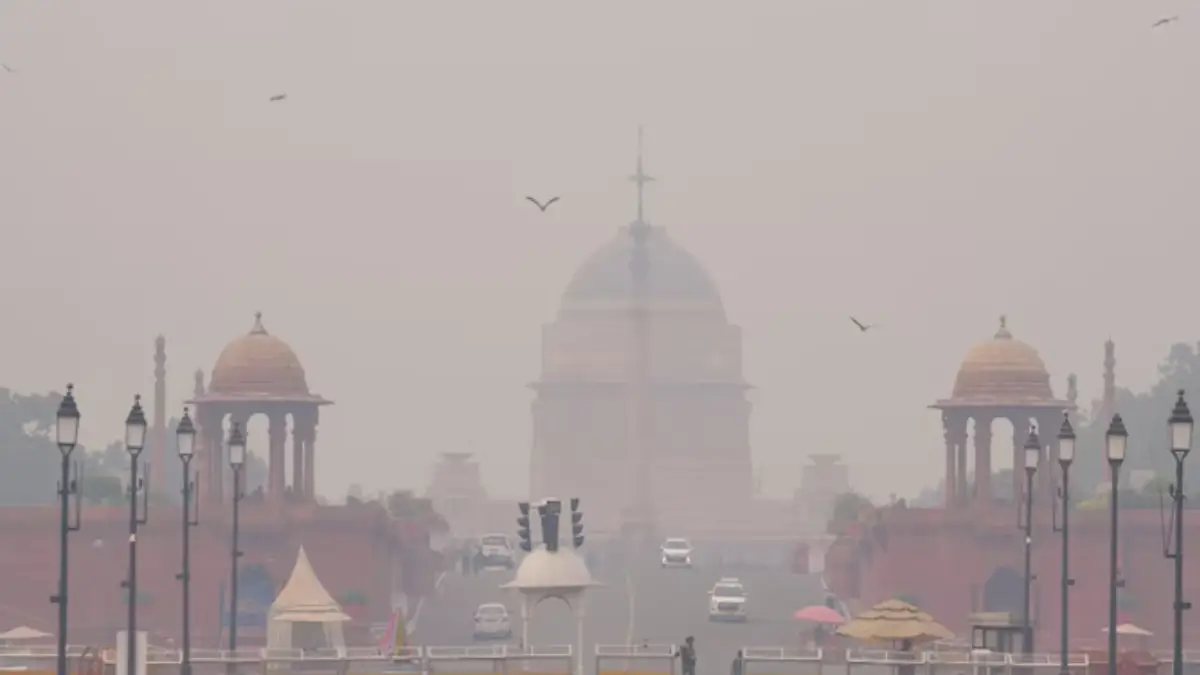In a swift response to plummeting air quality, the central government has rolled out tougher pollution controls in Delhi and the National Capital Region (NCR) by activating Stage III of the Graded Response Action Plan (GRAP) on Tuesday.
The Commission for Air Quality Management (CAQM) made the call after Delhi’s average Air Quality Index (AQI) jumped sharply from 362, classified as Very Poor on Monday, to 425 in the Severe category by Tuesday morning. Officials from the CAQM pointed to adverse meteorological factors—such as still winds and a stagnant atmosphere—that trapped pollutants near ground level, exacerbating the crisis.
This escalation builds on existing restrictions from GRAP Stages I and II, introducing a raft of stringent new rules to curb emissions across the region.
ALSO READ : Delhi 10/11 Blast : First Image of Suspect Dr Umar Muhammad Emerges in Delhi Red Fort Car Blast
Among the major curbs now in force:
- A complete halt to non-essential construction and demolition work, including the shutdown of stone crushers and all mining operations throughout Delhi-NCR.
- Bans on BS-III petrol and BS-IV diesel four-wheeled vehicles in Delhi and adjacent NCR districts, with exemptions for individuals with disabilities.
- Mandatory shift to hybrid education for students up to Class 5, allowing parents to opt for online classes wherever facilities permit.
The GRAP framework, designed specifically for winter pollution battles in Delhi-NCR, divides air quality into four tiers: Stage I for Poor (AQI 201-300), Stage II for Very Poor (301-400), Stage III for Severe (401-450), and Stage IV for Severe Plus (above 450).
Specialists highlight that winter’s toxic air stems from a combination of calm weather, heavy vehicular exhaust, crop residue burning in nearby states, fireworks, and various local sources. These Stage III protocols will stay enforced until air quality shows consistent signs of recovery.
